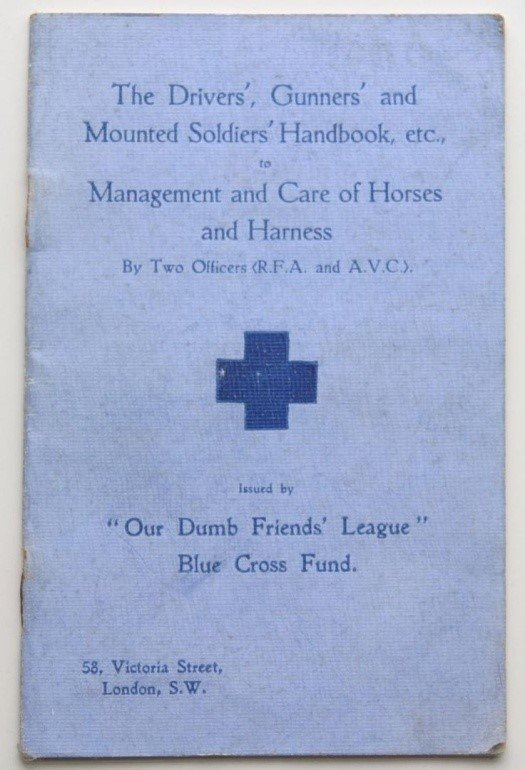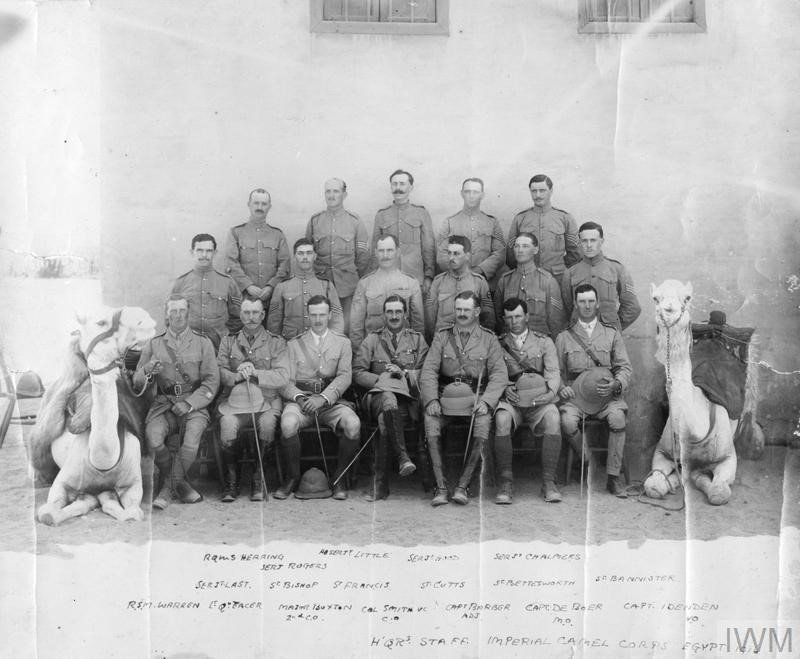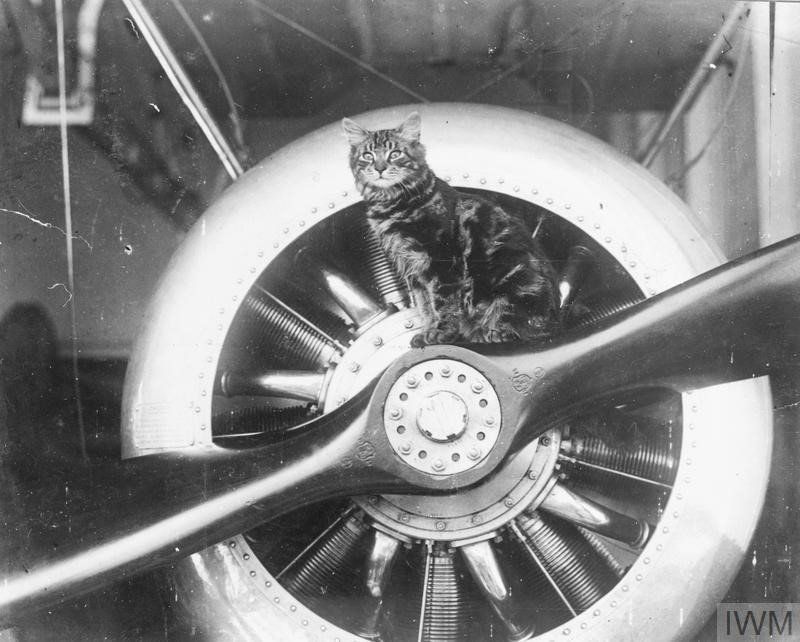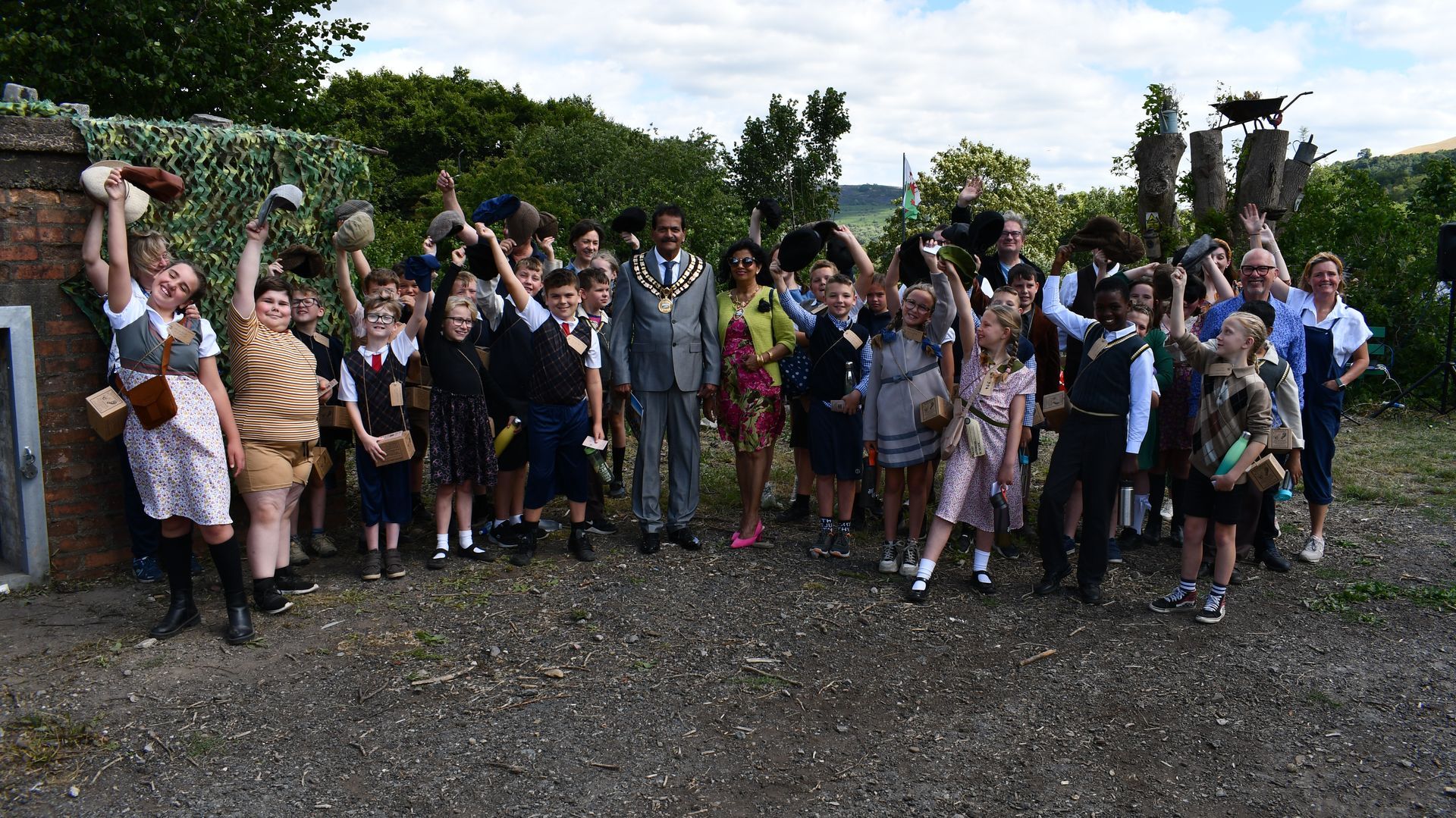Everyone knows of the heroic feats of the brave soldiers who fought on all sides during the First World War, but many don’t realise the extent to which animals played their part in the war effort.
Most are aware of the great horses of Classical Antiquity carrying men such as Alexander the Great into battle, the Native American horseback archers and the great cavalry charges of the Napoleonic Wars. In more recent times, with thanks to acclaimed books and movies such as ‘War Horse’, many people are now more aware of the vital role that horses played in the First World War. However, this is by far not the full story as throughout the First World War a large variety of other animals played their part, on and off the battlefields.
Although the First World War and its implementation of more advanced weaponry and tactics did see the decline of traditional cavalry charges, it did however see the introduction of many other animals into the theatre of war. As well as horses, now mules and even camels were used for the transportation of wounded soldiers and supplies to and from the front lines. The sheer scale of the First World War saw that traditional working horses and mules from back home, mostly from farms, we ‘recruited’ for use in the war. Some even had their very own recruitment officer who would visit local towns and cattle markets to recruit horses and mules for the war effort. Due to the vast number of young recruited soldiers who were inexperienced in the handling and care of horses, in 1915 the Blue Cross published ‘The Drivers’, Gunners’ and Mounted Soldiers’ Handbook to Management and Care of Horses and Harness’ to help the new recruits maintain better care of their new horses.
When the war began in 1914, the British Army had a mere 25,000 horses in
its ranks. Within just two weeks 140,000 horses had been drafted. By the end of
the Great War a total of over 8 million horses, mules and donkeys lost their
lives serving for all sides of the conflict. Impressively, between August 1914
and December 1917 more than 1,850,000 horses we treated in British Veterinary
hospitals with over 80% being successfully treated and returned to service.
The
strength and reliability of horses, mules and donkeys was essential to the
Armies of the Great War, as not only were they relied upon for transporting
supplies and ammunition to the front lines, but also for carrying the wounded back
to the safety of hospitals. Interestingly, a comparison between the use of
horses during the First World War and the Waterloo Campaign during the
Napoleonic Wars shows a vast difference between the amount of horses used for
cavalry and the amount used for transporting artillery. For example, the
British Army in 1918 had 87,557 horses transporting artillery and only 75,342
used for cavalry. Whereas in the Waterloo campaign, the French Armée du Nord
had 12,000 horses for artillery and 25,000 for cavalry.
From these figures it
is easy to see the change in the role of horses during the First World War. Roughly
100 years prior to the First World War under half as many horses were used for
artillery as they were for cavalry. But by 1918 there were over 10,000 more
horses used for artillery than cavalry. This shows the greater focus on
artillery fire power than the traditional cavalry shock attacks from the past,
due to the technological advancements the war had established and how this led
to the change in role of the horses of war
Horses, mules and donkeys were not the only mode of transport during the
First World War however. In the Eastern theatres of the Middle East even camels
were used in the transportation of wounded soldiers to safety from the front
lines as well as carrying supplies such as food, water and ammunition. This saw
the formation of the Imperial Camel Corps in January 1916, which saw a
reorganisation and expansion by August 1916, due to the Imperial Camel Corps
becoming more involved in traditional combat roles as well as just long-range
patrol work. By December of 1916, the role of the Imperial Camel Corps became
so significant that they ceased to be a series of independent companies and
were reorganised into camel battalions
The war not only saw heroics from four legged friends but also the incredible resilience of birds. When dogs struggled to carry messages across the dangerous front pigeons were called upon to carry messages containing vital communications between troops. This made them particularly important targets for the enemy to attempt to shoot and disrupt communications. Many pigeons got injured while carrying messages yet continued on their journey to delivery and helped save many lives. One such hero pigeon, known as Cher Ami, delivered a message from an encircled battalion, despite serious injuries in October 1918. After getting shot, she managed to take flight once more and successfully deliver the message saving the lives of 194 soldiers. Upon her return it was discovered that Cher Ami had been shot through the breast, had one leg hanging on by a tendon and was blind in one eye, an extremely heroic feat by such a small innocent creature.
Other traditional household pets such as cats were very important for the war as they would kill rats and other vermin in the trenches helping to prevent the spread of disease. It is estimated that more than 500,000 cats served in the trenches and aboard Naval vessels. Some cats, as well as dogs, were used as mascots for battalions and helped to keep morale up.
These are some examples of the great contributions that animals of all shapes and sizes made in the First World War. It wasn’t their war to fight but nonetheless they played their parts exceptionally and many gave their lives just as the soldiers did. Today, purple poppies are the symbol of Remembrance for the brave animals who took part in the First World War and it is great to see them honoured in this way.
Share
RECENT POSTS

















